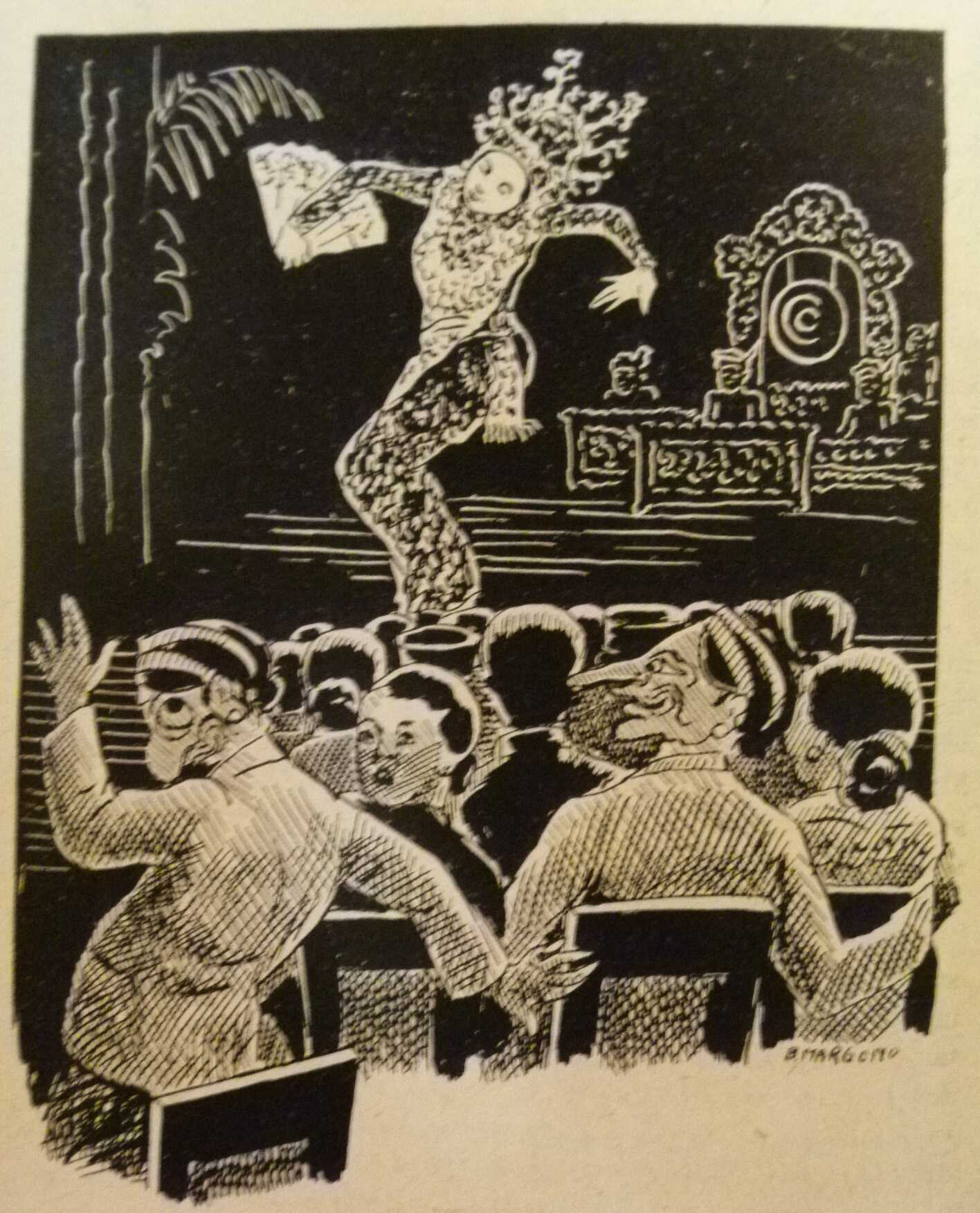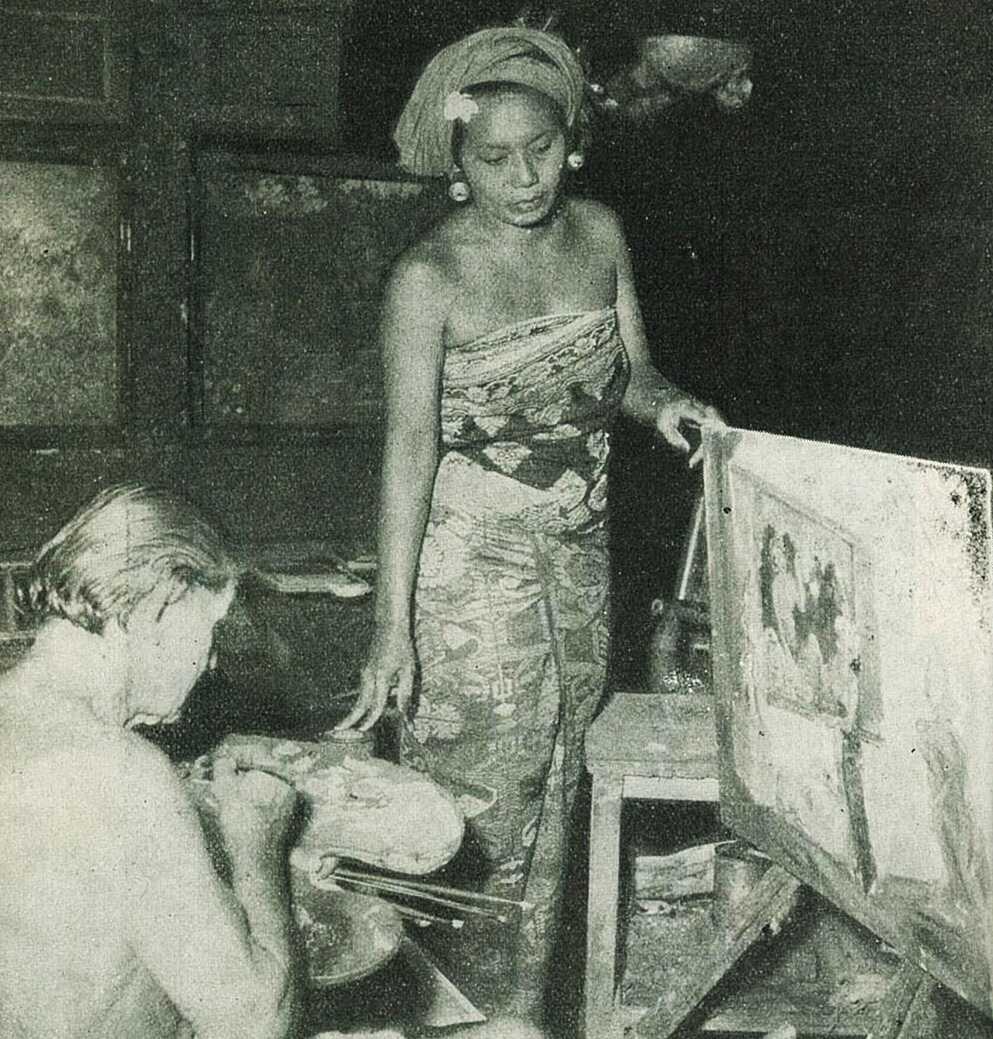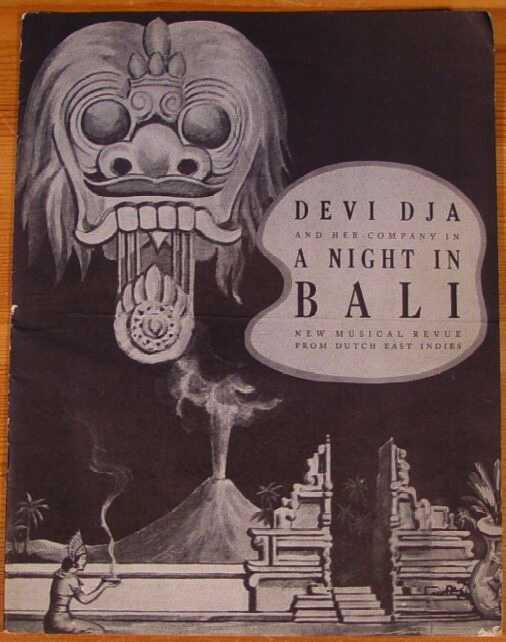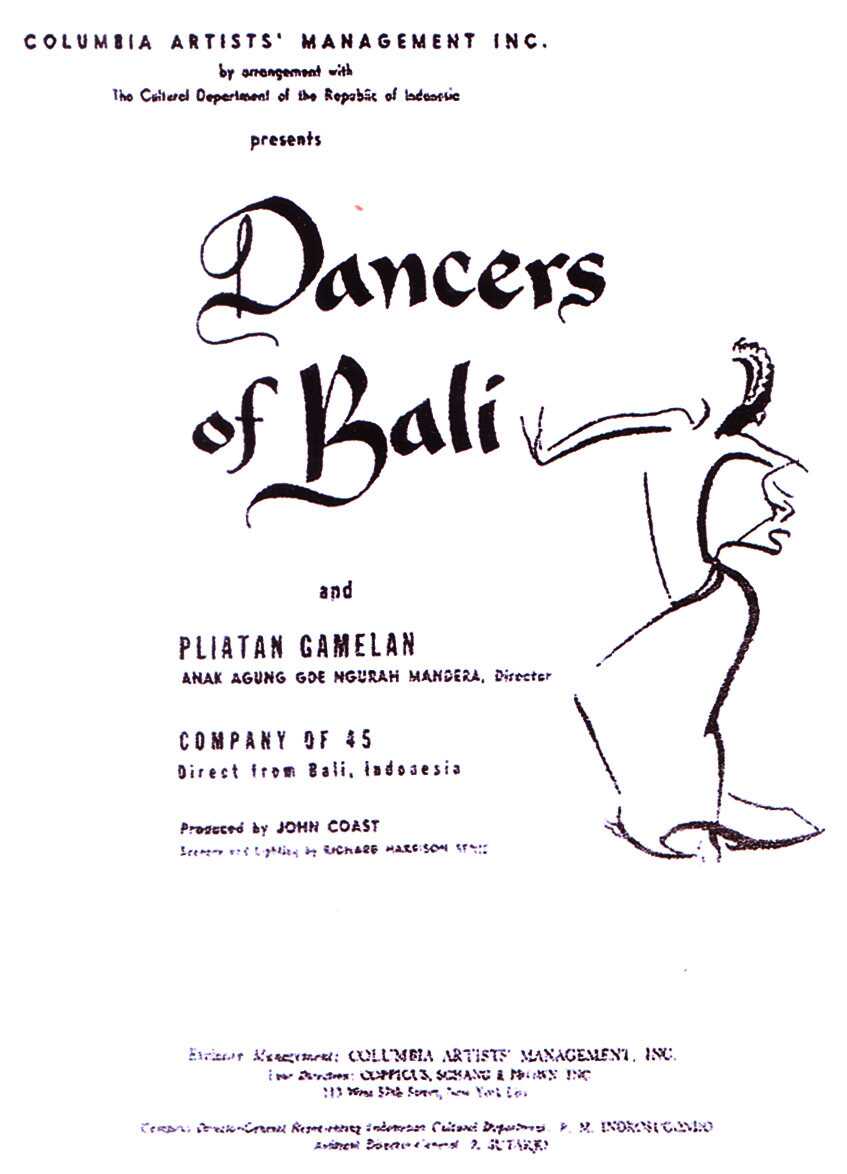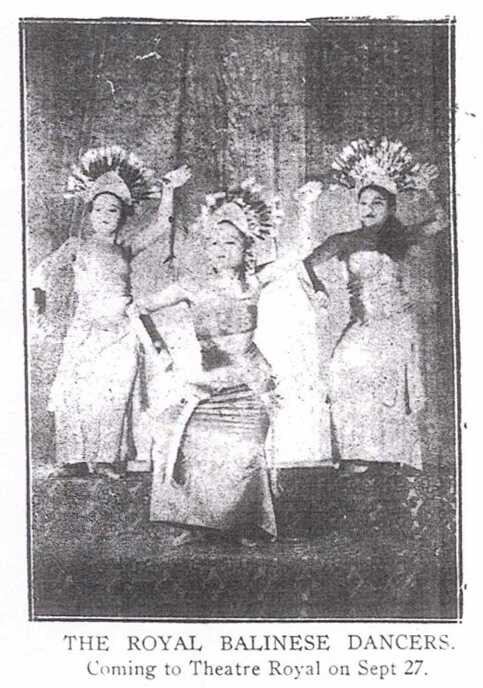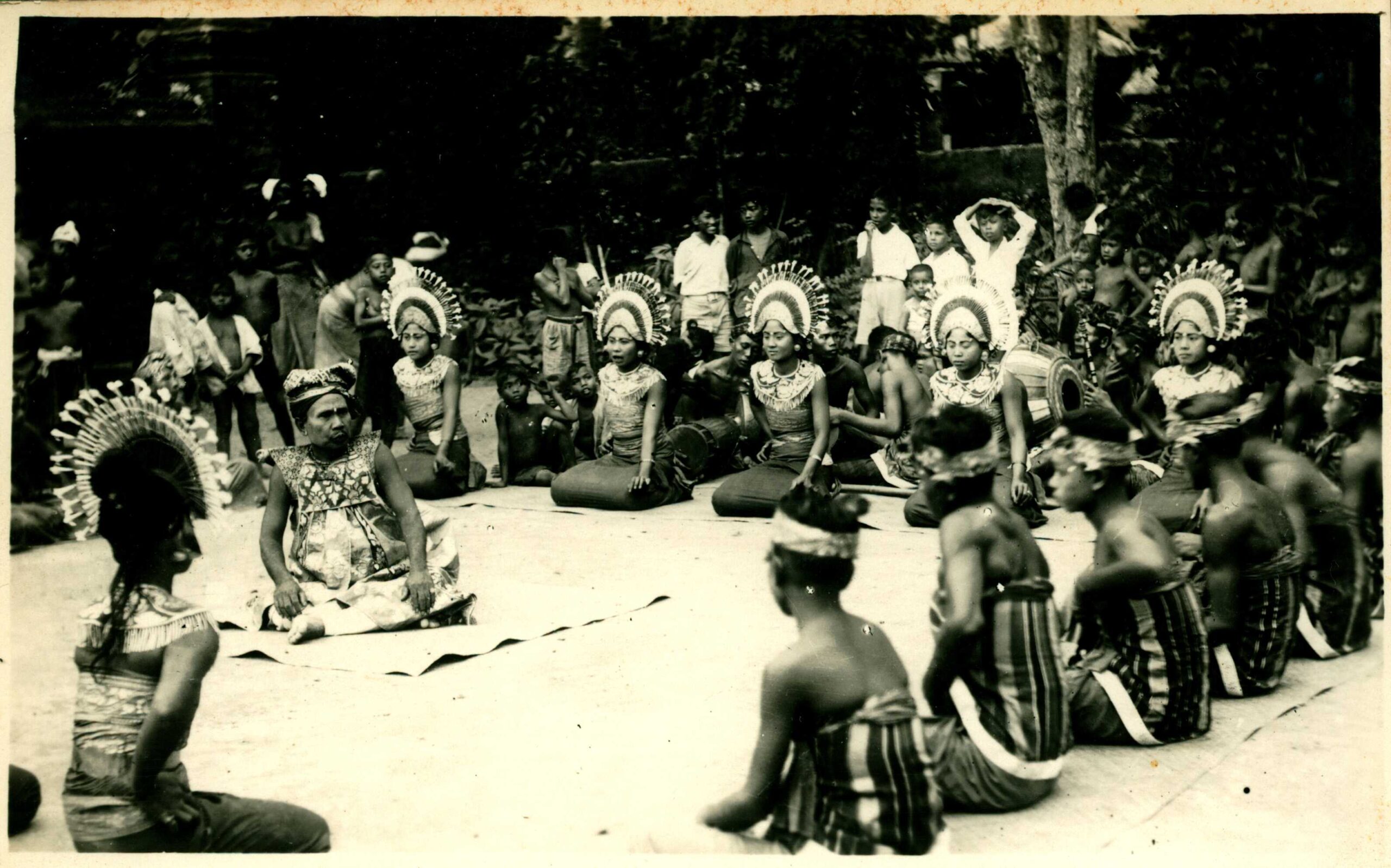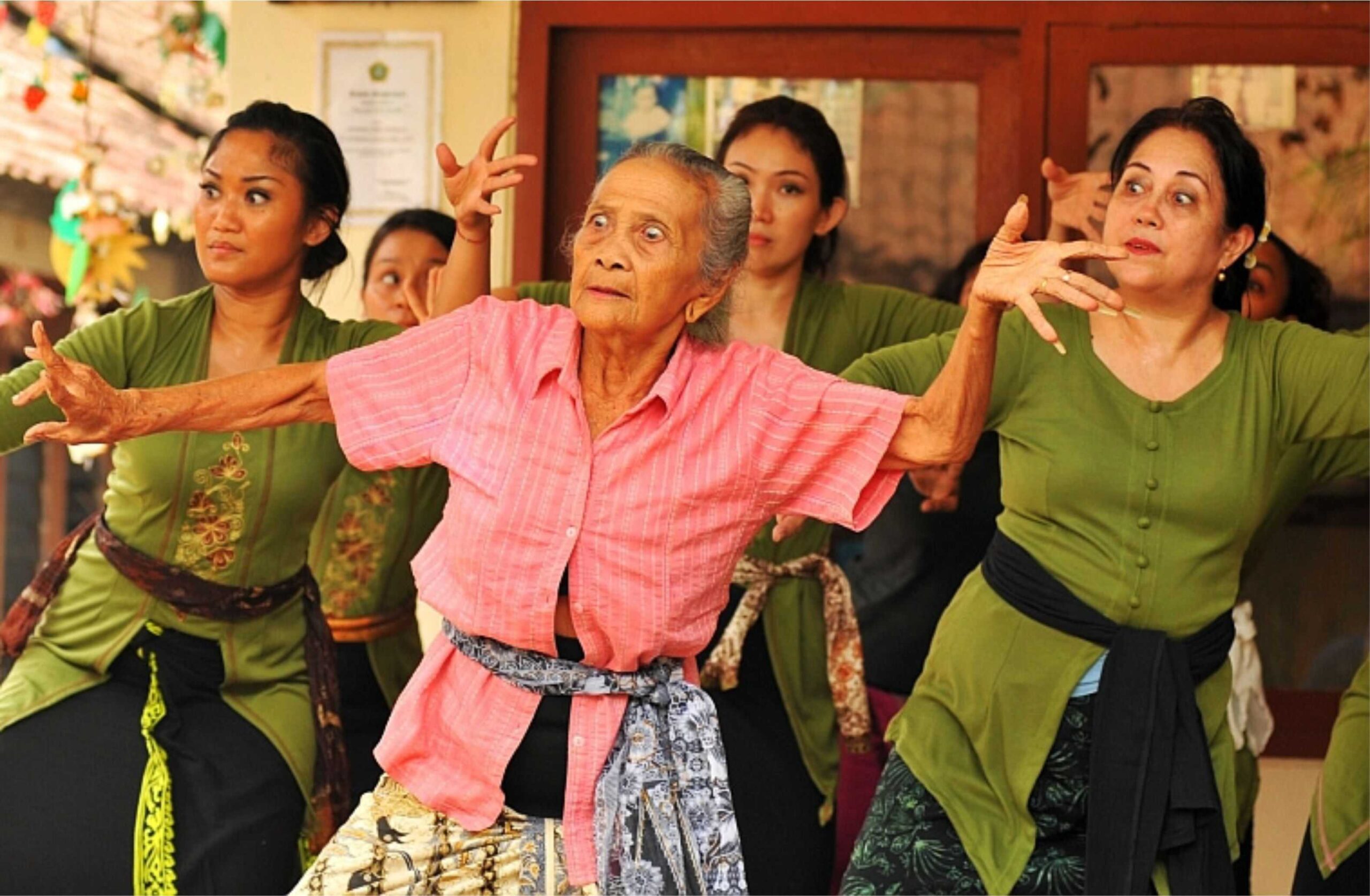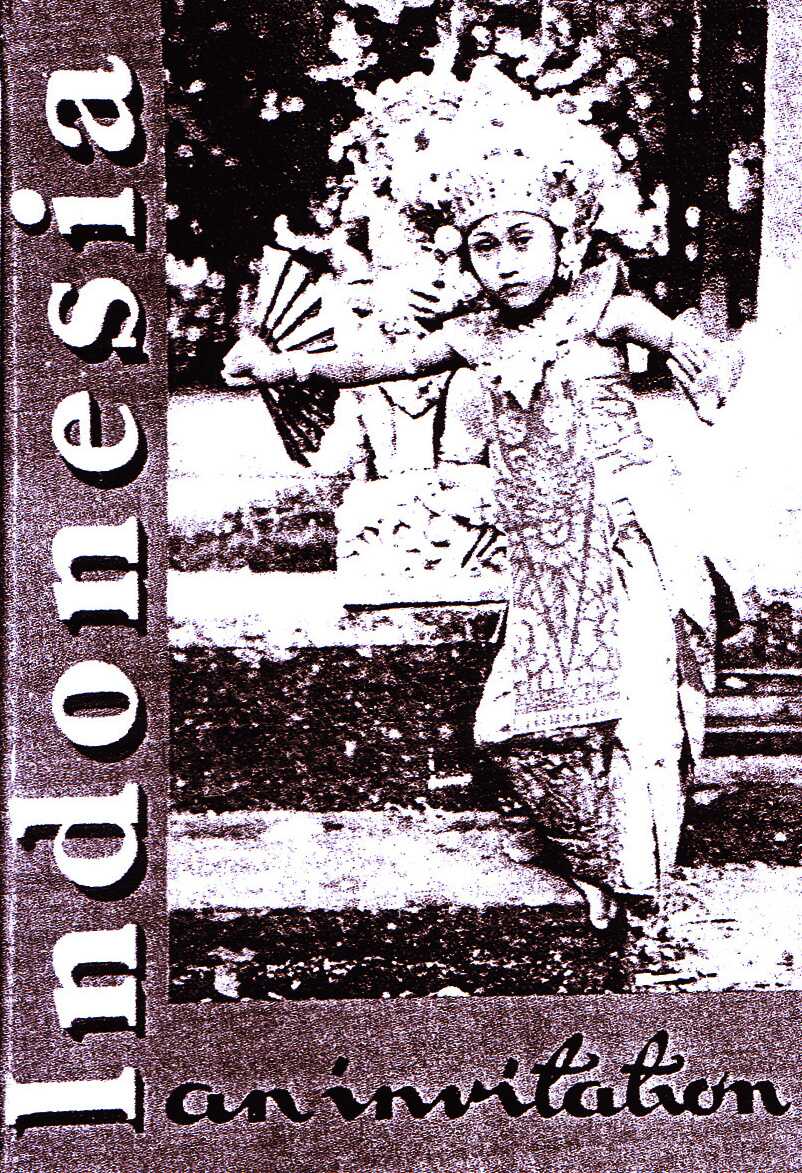
Bali, the Island of Gods, with its rich and invaluable cultural heritage of dances, music, literature, architecture, and legendary figures. Lontar and Legong are second to none in this world.
The Mahatari Legong Dance, created in the 19th century, is a cultural masterpiece blending grace, beauty, and spiritual depth. Rooted in Bali’s traditions, it features elegant choreography paired with dynamic gamelan rhythms. Key figures like Anak Agung Gde Oka Dalem and Biyang Bulan (Ibu Bulantrisna) have helped preserve and adapt the dance, ensuring its lasting relevance. Today, it remains a symbol of Bali’s artistic heritage, captivating audiences worldwide.

The Mahatari Legong Dance, said to be created in the 19th century by King I Dewa Agung Made Krisna of Bali’s Sukawati Kingdom, was inspired by his dream of angels dancing during meditation. While some trace its origin to this royal vision, other historical sources suggest Legong evolved from older sacred dances like Sang Hyang that narrates the story of Gambuh or Malat from the Panji story. The name combines leg (graceful movement) and gong (musical rhythm), reflecting the dance’s elegant choreography and dynamic gamelan accompaniment.
Traditionally performed by girls aged 13–14, the Mahatari Legong Dance is celebrated for the dancers’ youthful flexibility and elegance. Accompanied by dynamic gamelan music featuring drums and gongs, each movement is precisely timed to the rhythm, enhancing the visual and emotional impact. Beyond its beauty, the dance serves as a form of storytelling, with gestures that express purity (Satyam), truth (Siwam), and beauty (Sandaran).
Deeply embedded in Balinese culture, the Mahatari Legong Dance remains preserved in traditional villages like Teges, Saba, and Peliatan, where the classical form is still practiced. While modern adaptations continue to evolve the performance, they honor and maintain the dance’s sacred and cultural roots.
Anak Agung Gde Oka Dalem and Biyang Bulan (Ibu Bulantrisna) have played vital roles in sustaining Legong. Gde Oka Dalem remains committed to preserving its classical form through dedicated teaching rooted in royal tradition, while Biyang Bulan brings the dance to wider audiences with thoughtful interpretations that honor its spiritual and cultural depth. Together, they ensure Legong remains alive and meaningful across generations.
The classical form of Legong has been preserved in villages like Teges, Saba, and Peliatan, where master teachers from different regions, such as Mr. Lotering from Kuta, Ms. Reneng and Ida Bagus Boda from Denpasar, Gusti Djelantik from Saba, and Biyang Sengong and Anak Agung Mandera from Peliatan, gathered to study with Legong masters in Sukawati. These teachers have been instrumental in ensuring the dance’s continuity. While classical Legong thrives in these villages, modern interpretations of the dance are developing in various locations within Bali and abroad.
Key figures like Anak Agung Gde Oka Dalem and Biyang Bulan (also known as Ibu Bulantrisna Djelantik) have been instrumental in ensuring that Legong not only survives but thrives across generations. Born in Kaleran Temple, Peliatan, Gde Oka Dalem inherited the spirit of preservation from his late father, Anak Agung Gde Ngurah Mandera, and his mother Jero Wiraga. As a master teacher and the founder of Balerung Mandera Srinertya Waditra, he has dedicated his life to teaching dance and gamelan, ensuring that classical Balinese performance traditions, especially Legong, are passed on to younger generations. He has observed and contributed to the stylistic evolution of Legong over the decades—from the flowing elegance of the 1930s to the dynamic refinements of the 1970s and the expressive vigor of today’s performances.
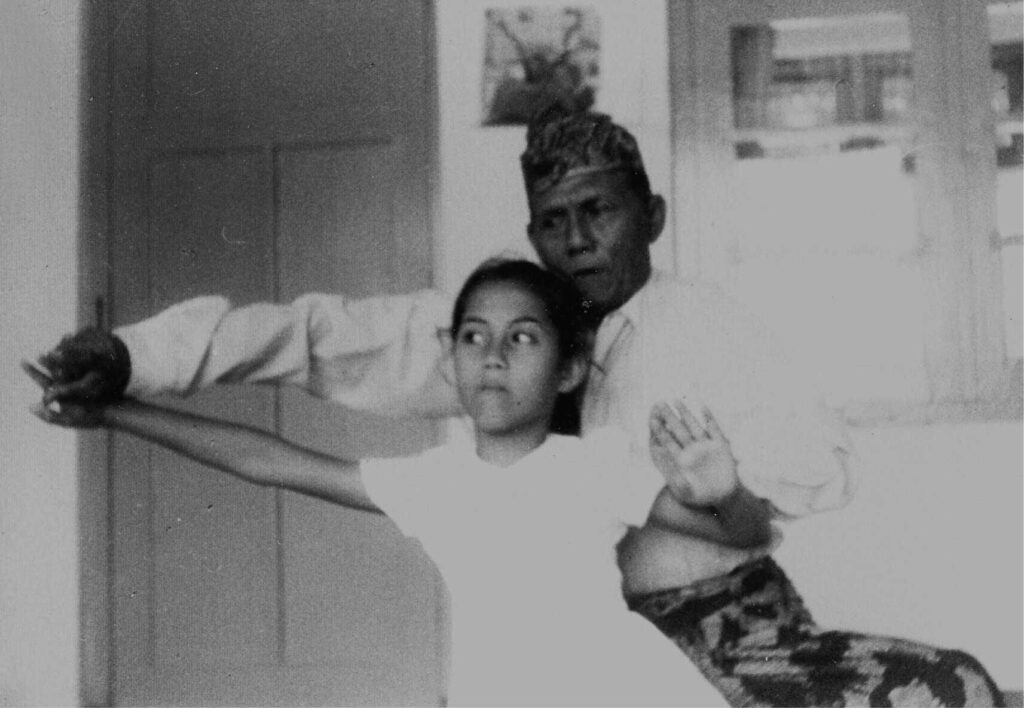

Meanwhile, Biyang Bulan, lovingly called Bulan Trisna or Trisna within the family, fell in love with dance at the age of seven.
Trisna learned various types of dances since she was little, such as Oleg dance and Baris dance from Balinese maestros when she was 7. She really wanted to learn Legong and that finally her and her sister in Peliatan where we saw the fascinating Legon Kraton. Trisna and her sister, with their father gathered with a community from Anak Agung Madera Puri Kaleran in Peliatan. There was a teacher, called Biyang Sengong who focused on teaching the technical movements and gestures of Legong Peliatan at Puri Kaleran in Peliatan. Biyang Sengong and Anak Agung Gde Mandera were the two figures who were tirelessly introducing Peliatan-style Legong to the wider audience.
Biyang was known as a proficient Condong dancer and Gowa dancer since she was little, and even when she was 70 year old she still danced this part. Although she learned other dances, and was also known as Oleg dancer, Trunajaya dancer, but she kept a special part in her heart for Legong. She truly loved Legong because it took her places since she was little. Her enormous love for Legong brought her a MURI award as the longest running Condong dancer, from the age of 7 to around 55 year old, she never stopped, never gone into pension.

Ibu Bulantrisna masters Legong Peliatan style because she really poured her life into it. She came to learn at the Peliatan Village. Dancing skill matters, but the environment also helps to build the individual expression and character. She used to practice along to my father’s kendang and Gunungsari gong, sometimes three times a day. This is me dancing the Peliatan-style Legong. Aside from dancing Legong, the Condong dancer is also an Oleg Tambulilingan dancer, who used to partner with my sister and they used to dance in the Tampaksiring State Palace.
The gamelan accompanying Legong Dance is Smara Patangian or Smara Awungu with Pasendon gending (red. song) based on the beautiful Semara Pagulingan gamelan.
Basic gesture and physical aesthetics of Legong or adeg-adeg are divided into leg position, body position, hand position, and head position.
Through the life and legacy of artists like Gde Oka Dalem and Bulantrisna Djelantik, Legong continues to bridge generations—remaining as sacred and vibrant today as it was in the royal courts of centuries past.



